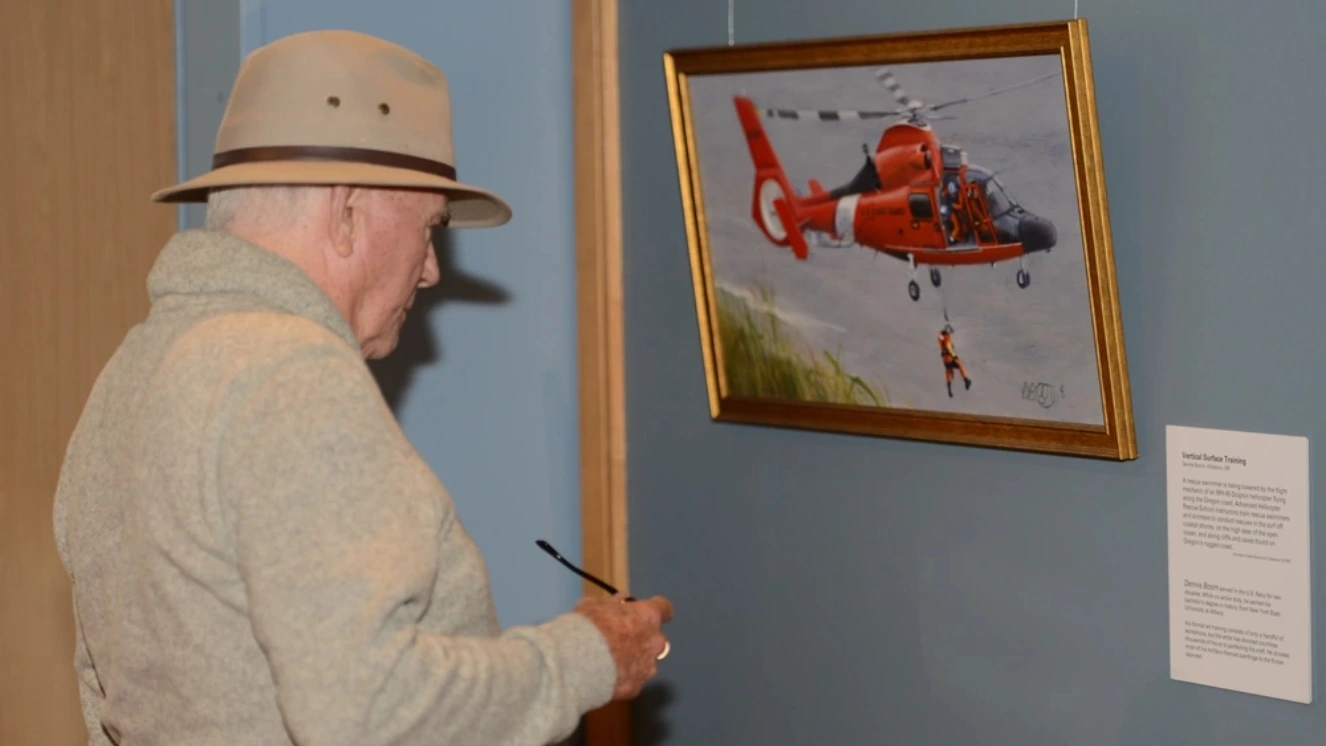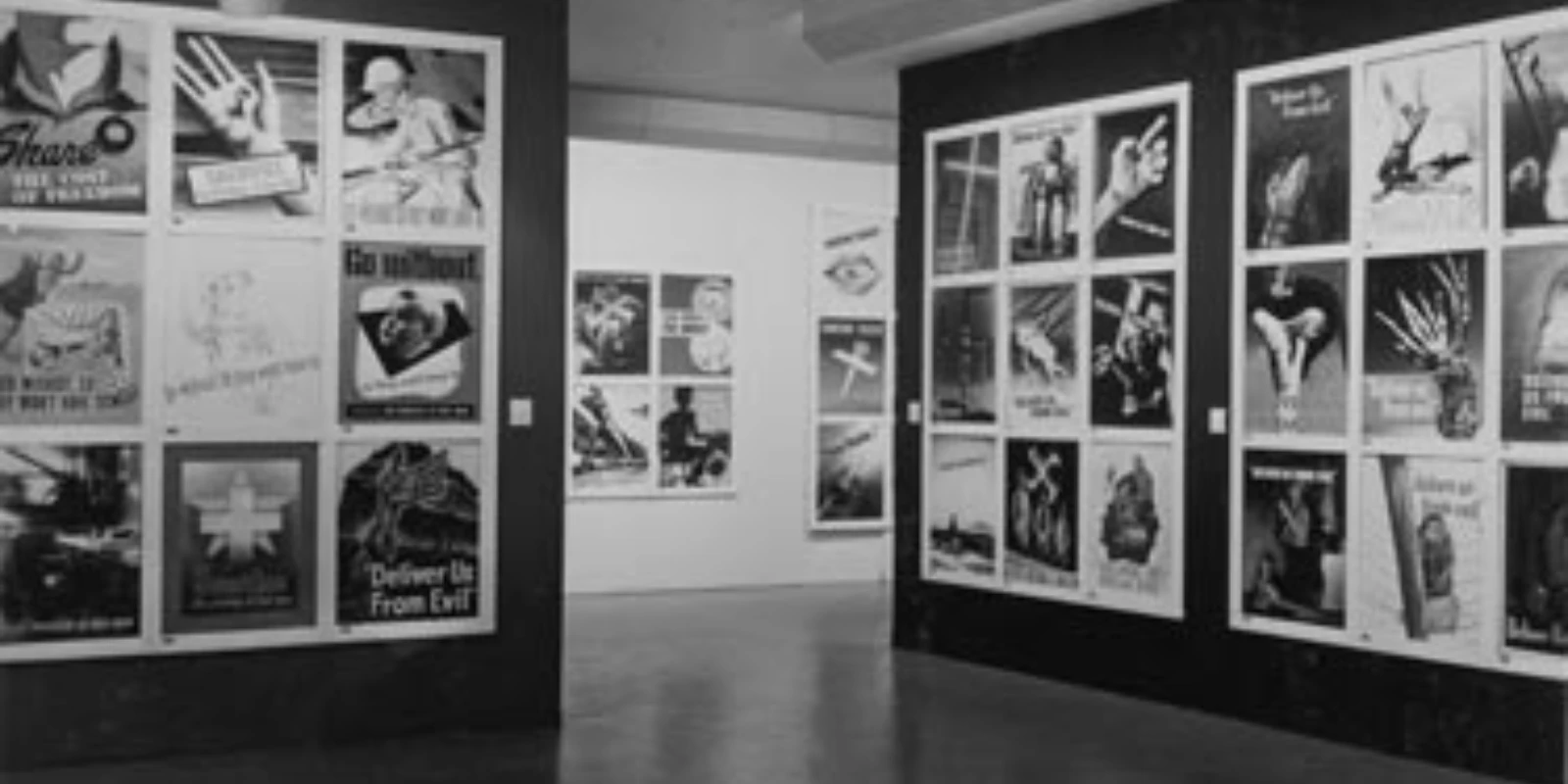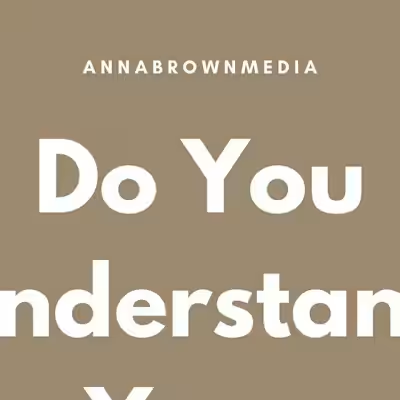Military Arts and Crafts Programs & Contests Have Helped Troops…

The Military has been known for many things, but art wasn’t one of them until World War II in the 1940s. After World War I, many soldiers did not express a lot of patriotism, and neither did the public as World War II came into view. This alarmed many military personnel, so they began to think of ways to improve their soldiers’ living conditions and mental states. This is when MOMA, or The Museum of Modern Art in New York, stepped into action, and military arts and crafts was born.
In the present day, the MWR Arts and Crafts Contest is live from July to August, and features art from service members in a variety of media. The contest continues a long tradition of military arts and crafts that began for noble reasons and supports mental health and wellness, as well as cultural expression and engagement. Read the full history below.
Related read: Veteran Art Programs Help Out Our Nation’s Heroes
When did the Military Arts & Crafts Program Begin?
In April of 1941, MOMA hosted a public poster contest called Posters for National Defense. The public joined in, and the best poster was featured in the museum for the public and the military to view. The director at the time, Henry L. Stimson, approved the idea, and it became an overnight success.
In May of 1941, soldiers and civilians lined up to see the winning posters at the Britain at War exhibit. Some of the soldiers had never stepped foot in a museum. The reactions to the efforts put on by the museum were expressed in shades of shock and pride.

Photo courtesy of the Museum of Modern Art.
“The group’s work showed them a new aspect of the Army; there were many phases of Army life they had never seen or heard of before…” said one Fort Custer Army illustrator.
The prints depicted wartime in Europe and the East in WW2 and showed the true hardness of military life. These are now stored in the MOMA archives.
The army wanted to continue more of this successful artistic endeavor and sought new ways to implement this type of cultural appreciation elsewhere. The Army Arts and Crafts Division was in the works.
After being drafted, occupational artists and other creatives worked on illustrating mess halls, day rooms, and recreation rooms. Not only did this make the Army feel more like a home, but it showed the soldiers what they were fighting for, which boosted morale and patriotism in their ranks.
There were even 25,000 copies printed of “Interior Design and Soldier Art,” a pamphlet that featured pictures of soldier murals and paintings in the mess halls and recreation rooms.
In 1941 a workshop in North Carolina was held for a few soldiers, who would sit and make arts and crafts for hours. This happened three times a week and gained popularity among other camps and bases. Meaning the overarching plan to boost morale using art was a success.
James Thrall Soby was appointed Museum of Modern Art’s Armed Service Program director in 1942. He noticed that this became more than an art show. It was a helpful therapy and morale-boosting activity for many soldiers in the program. He decided to offer it to more camps, which quickly turned into further art programs for the military.
Suggested read: WW2 Nose Art Is a Classic Piece of Americana
What Types of Materials did the Army use for Arts & Crafts?
Some Materials the soldiers used at the time were:
Sculptures
Watercolors
Gouaches (a type of paint)
Etchings
Lithographs
The public also became involved, as art kits were created to make something other than a drawing or painting. This included:
Leathercraft
Colloid etching
Knotting
Braiding
Metal tooling
Clay and pottery
After the initial infusion of art in the military, more types of arts and crafts were implemented for those out of the country who were wounded or sitting idly waiting for their time in battle.
This became known as the Arts and Crafts Branch of Special Services Division, Headquarters, European Theater of Operation. This later was nicknamed “Handicrafts Branch.”
In 1946, Overseas soldiers were taught how to make local art by occupied and liberated people, enriching and entertaining soldiers in peacetime and creating strong international bonds between soldiers and their overseas hosts even after World War II was over.
Related read: The Ghost Army, WW2’s Greatest Art Piece, Saved Lives
After the war, these artists in the program would be instructed to make “hobby manuals” which were guides for arts and crafts in the military.
In the 1960s, the Vietnam War raged on, and so did the hobbies, now having three types of places soldiers could do arts and crafts.
Fixed shops in the U.S.
Mobile trailer for photography
Art kits
In the 1990s, with times leading to more machinery, the Army arts and crafts program had a problem building “self-sustaining” art programs due to a lack of funds. This meant computer programs like Multimedia Computer Graphics helped raise sales for the program.
The arts and crafts section of the Military helped raise sales over time and created a place for soldiers to come and process grief, create friendships, and mentally rest from the challenging times of military life. It also allowed soldiers to learn new skills like:
Design
Applied technology
Kinetic learning
DIY
Freedom of expression
Does Military Arts and Crafts Help Boost Morale?
The Army Arts and Crafts program goes beyond helping soldiers from being sad or depressed. It also enables families to see their overseas soldiers and connect with them. It allows the public to do so as well. This program has more historical learning tools and photographs from that time. Today we see it in trending videos, supporting our soldiers through video documentaries, and doing the same arts and crafts like pottery, woodworking, and painting as soldiers back then did.
The public can get involved today by following and engaging with the MWR Arts and Crafts Contest hosted annually from July to August.
Like this project
Posted Jul 31, 2023
Military Arts & Crafts are a staple of the art world. From the 1940s to the present day, programs have brought troops & public healing.
Likes
0
Views
16




